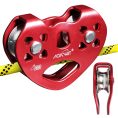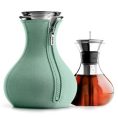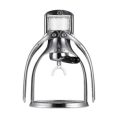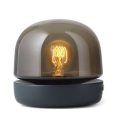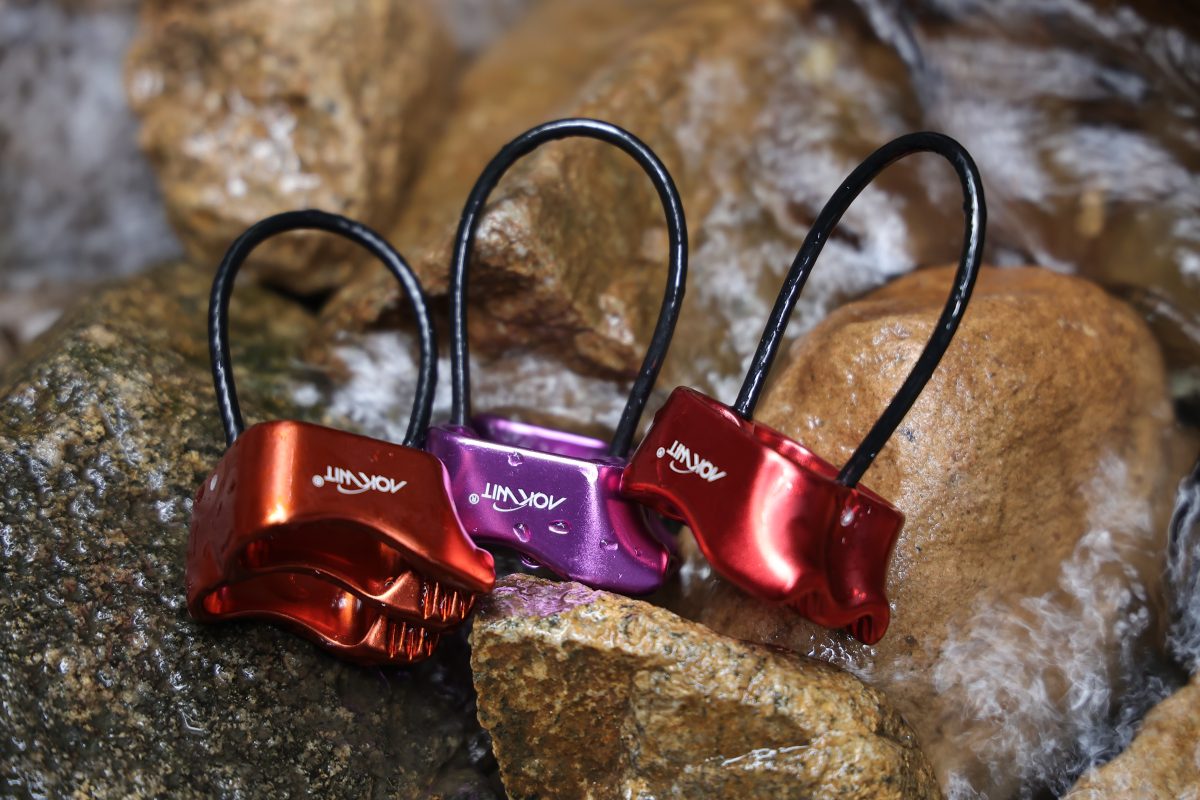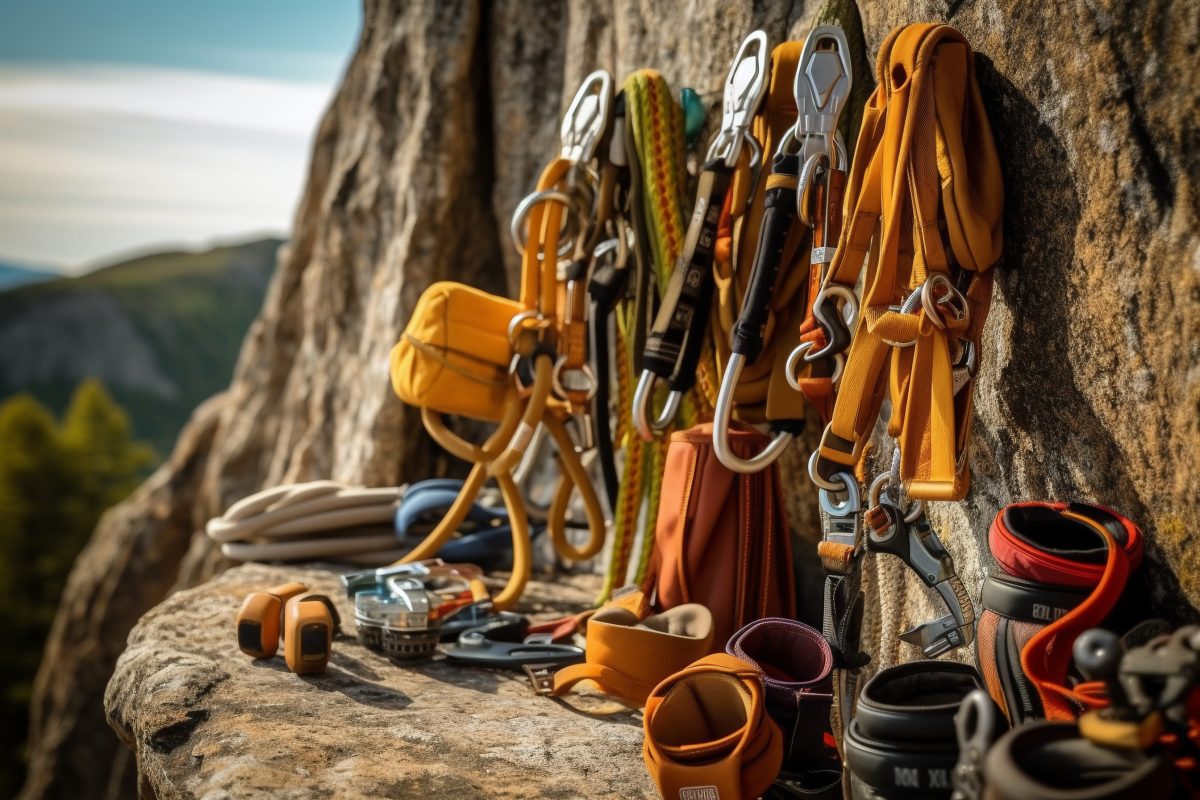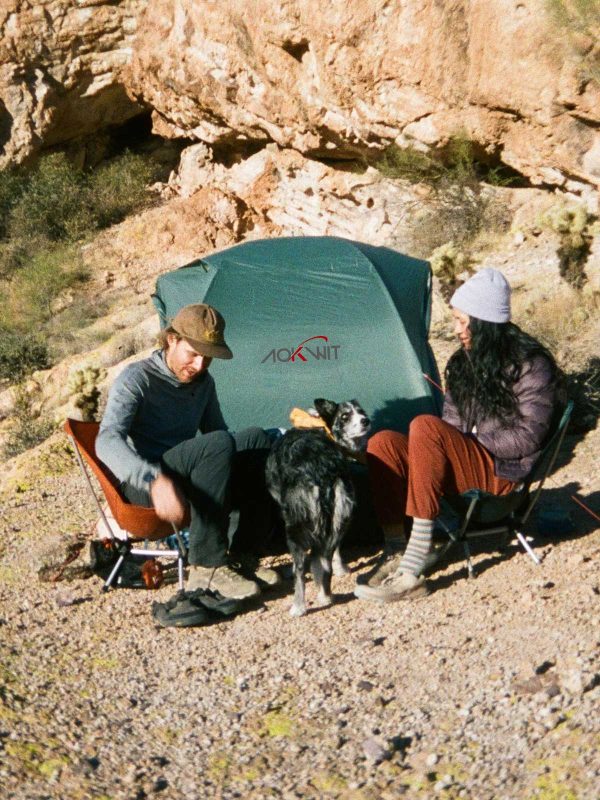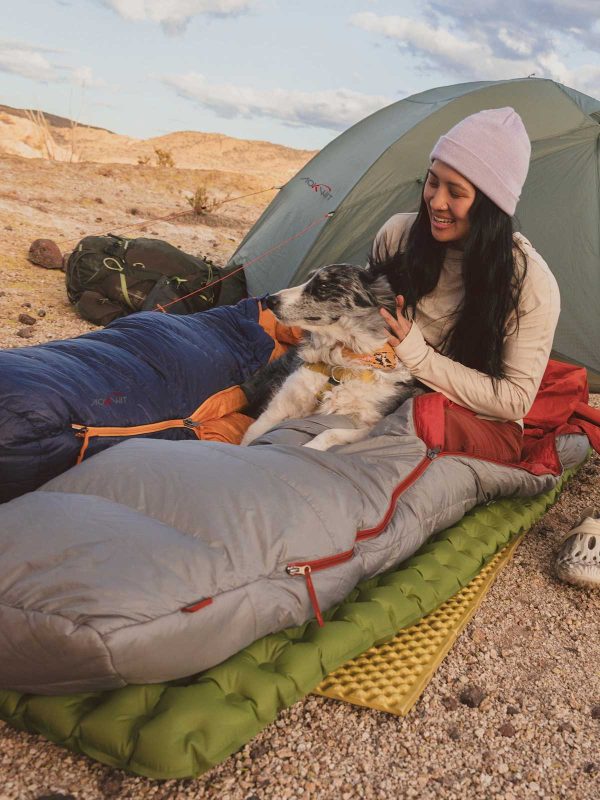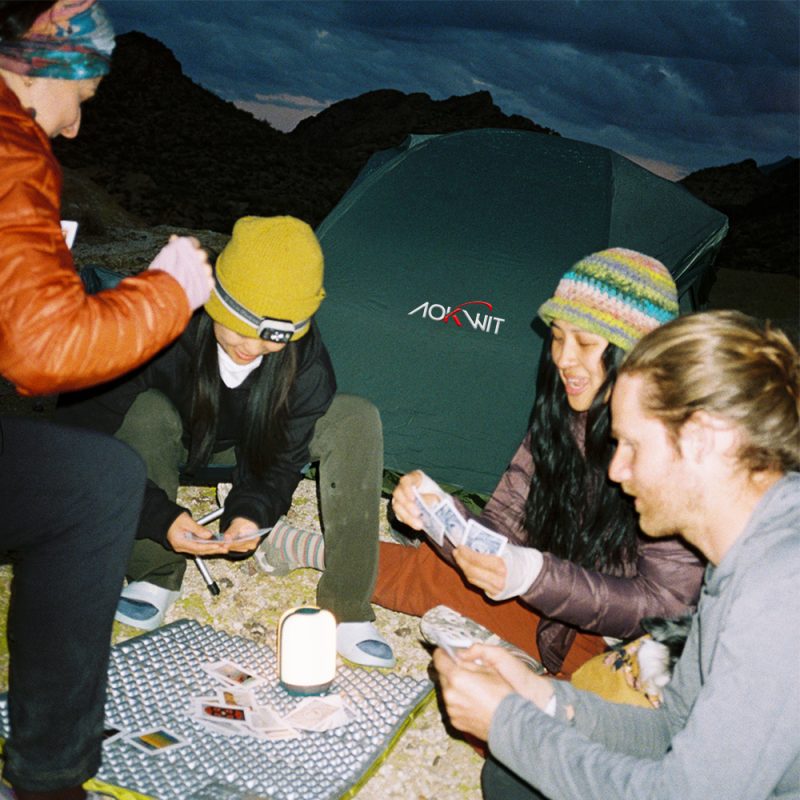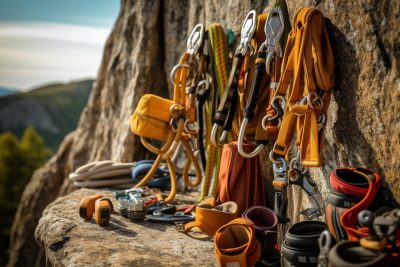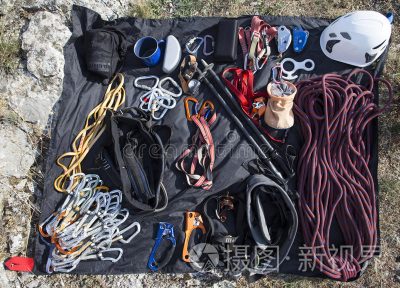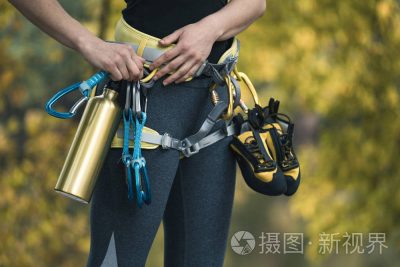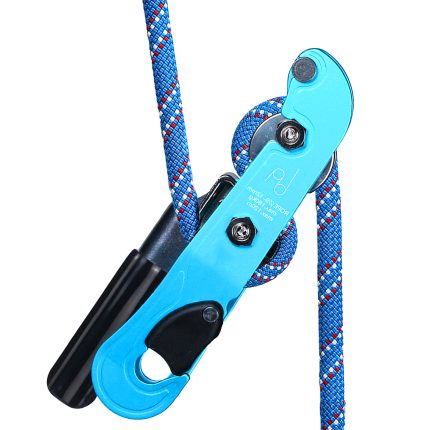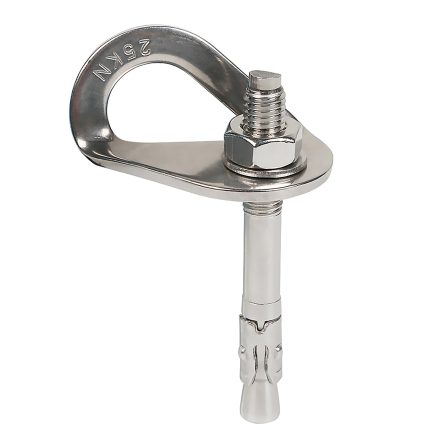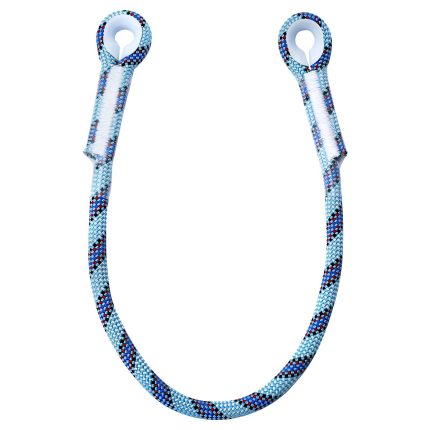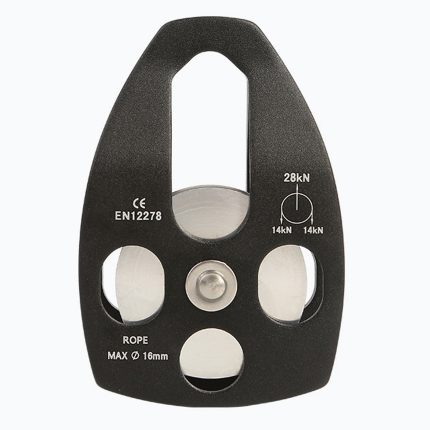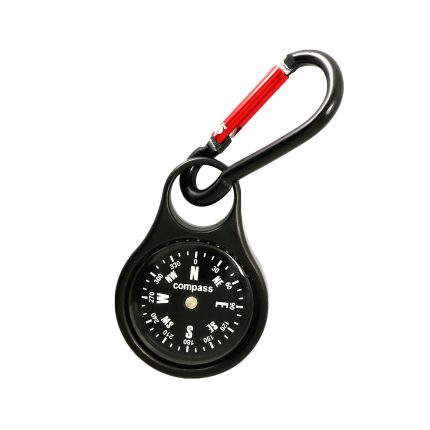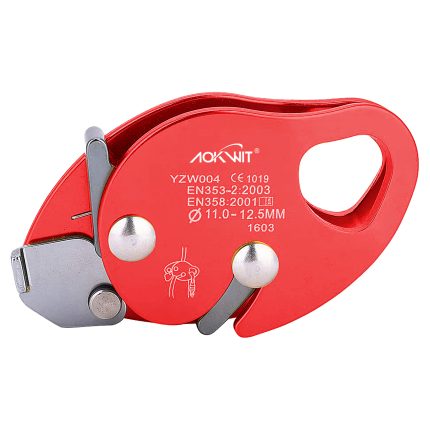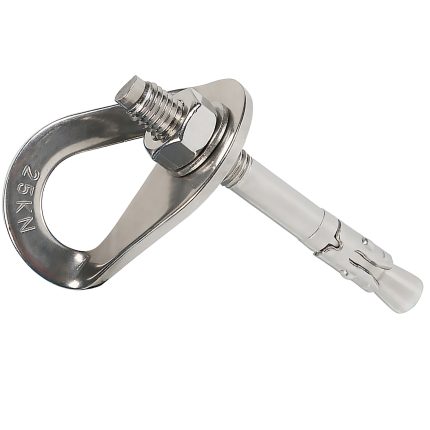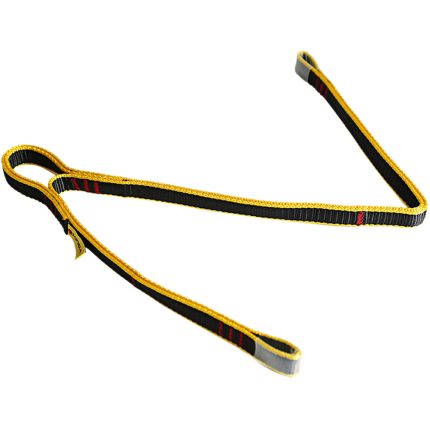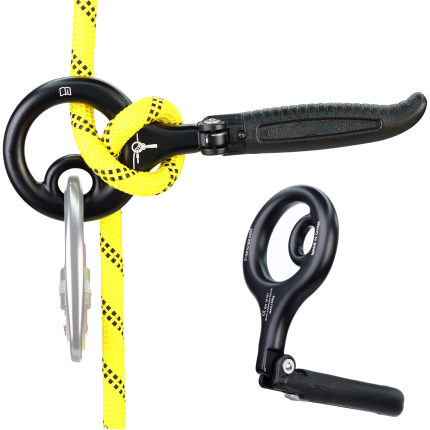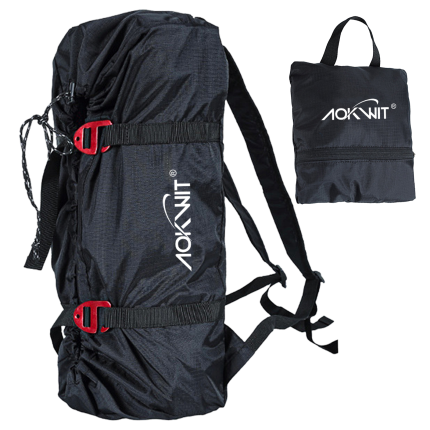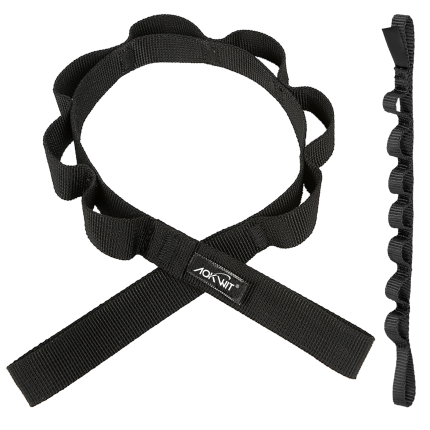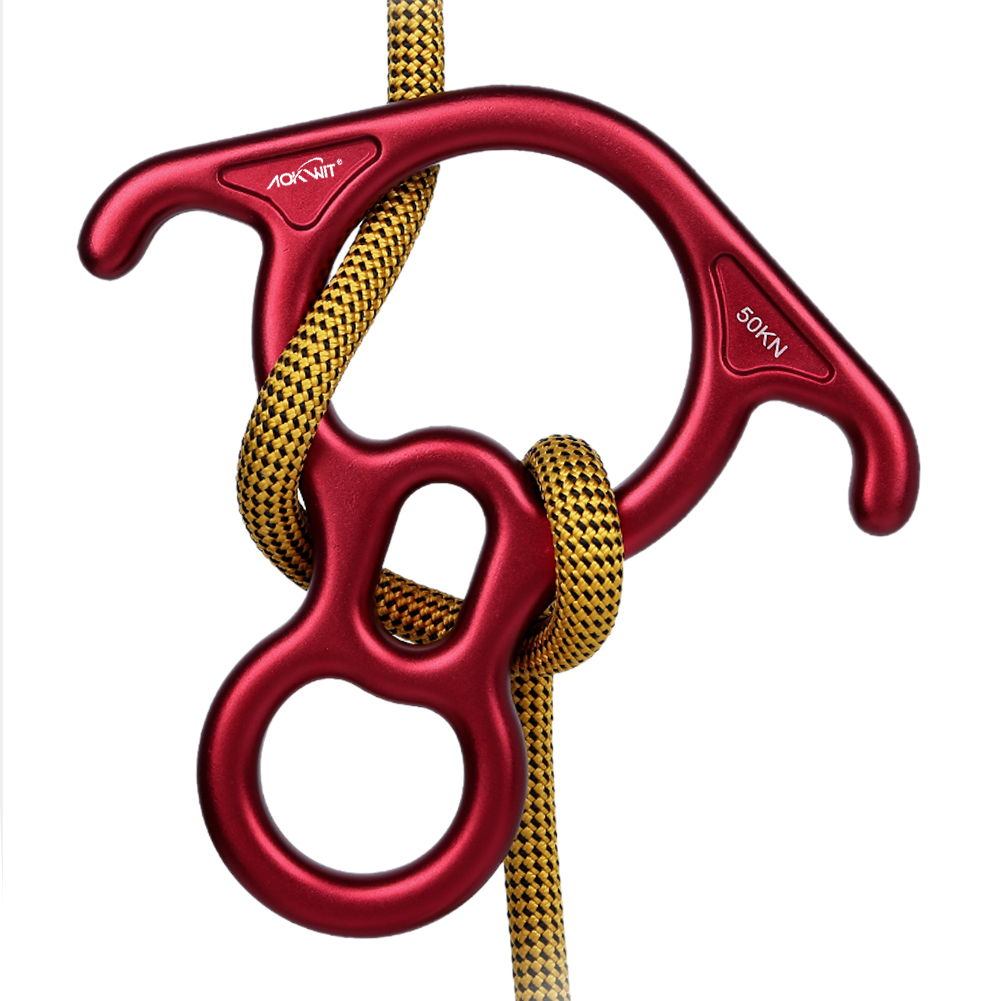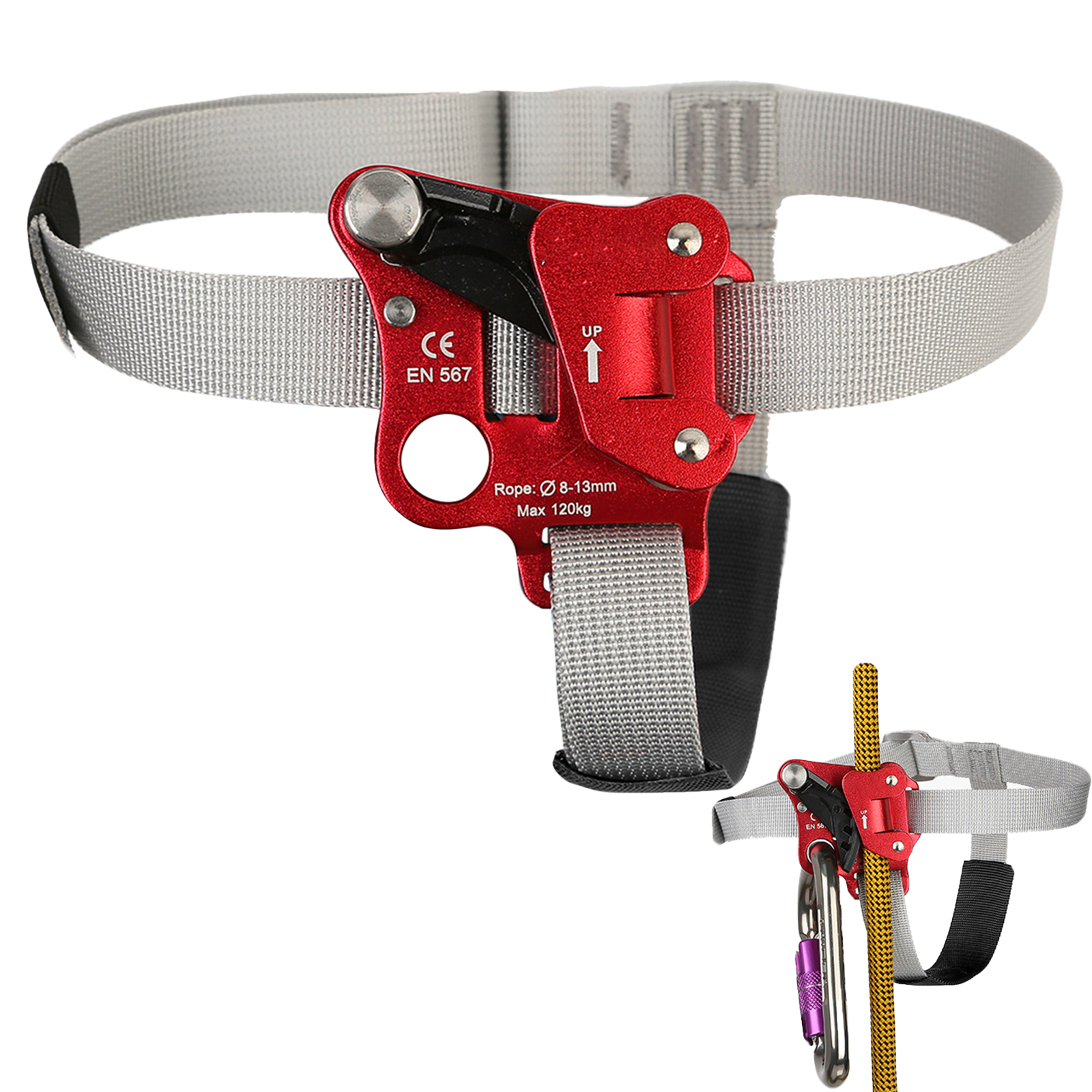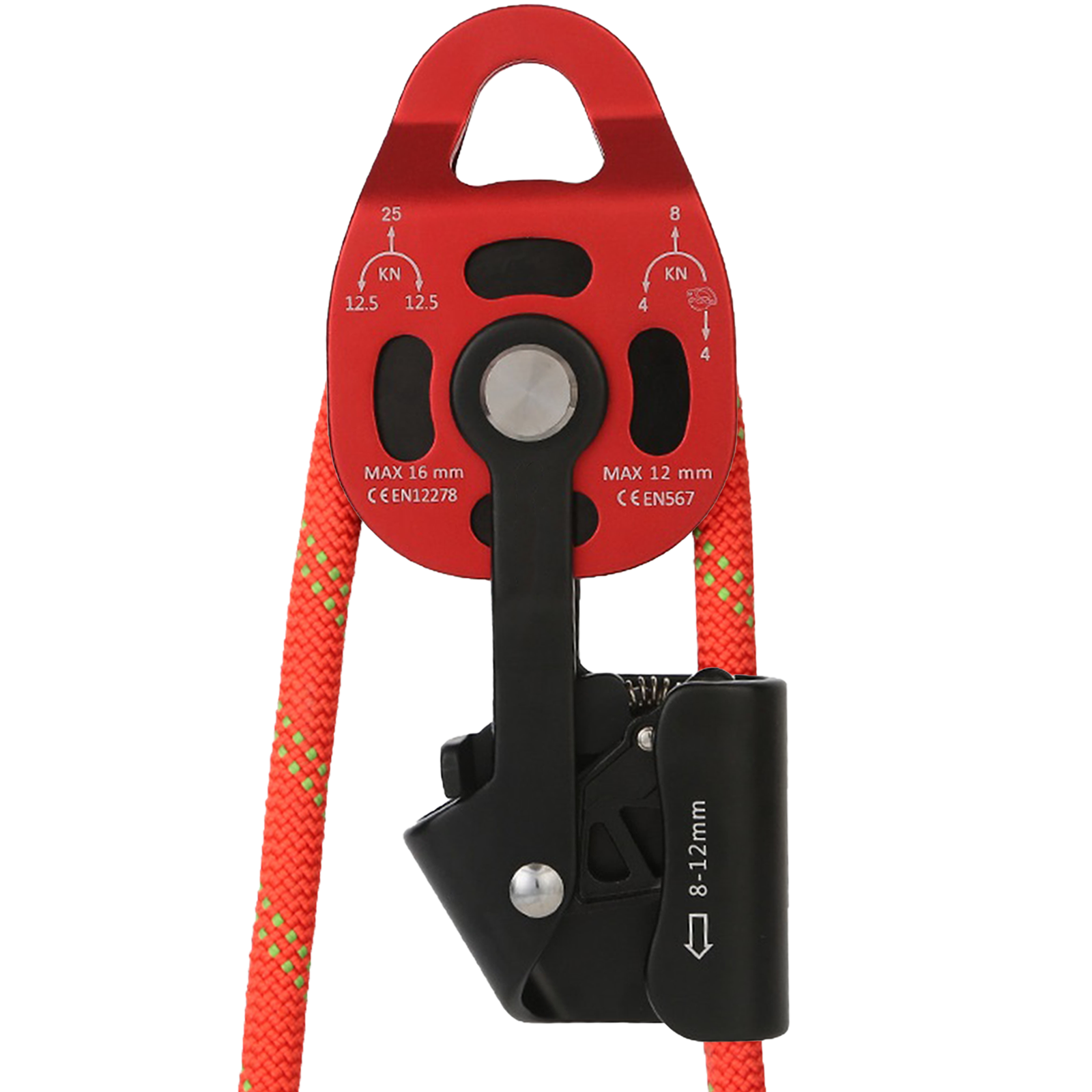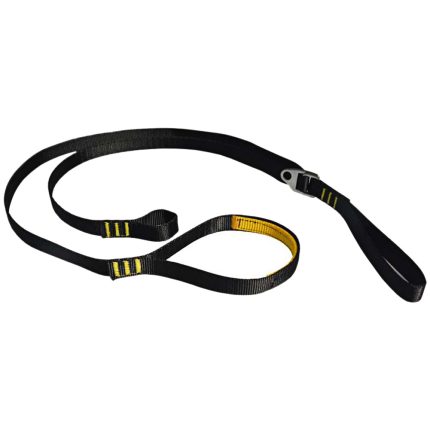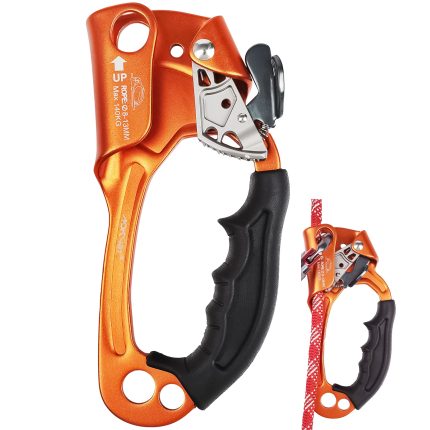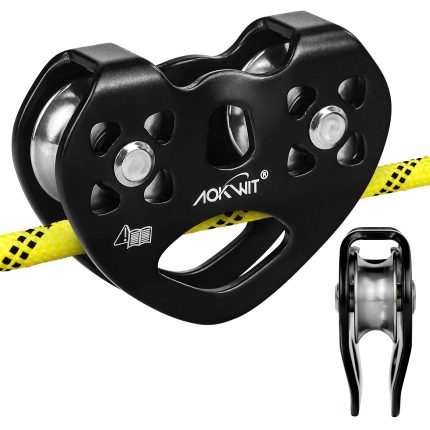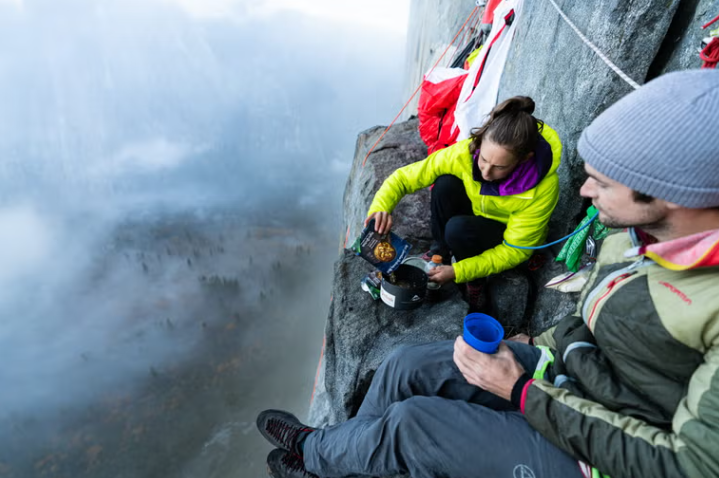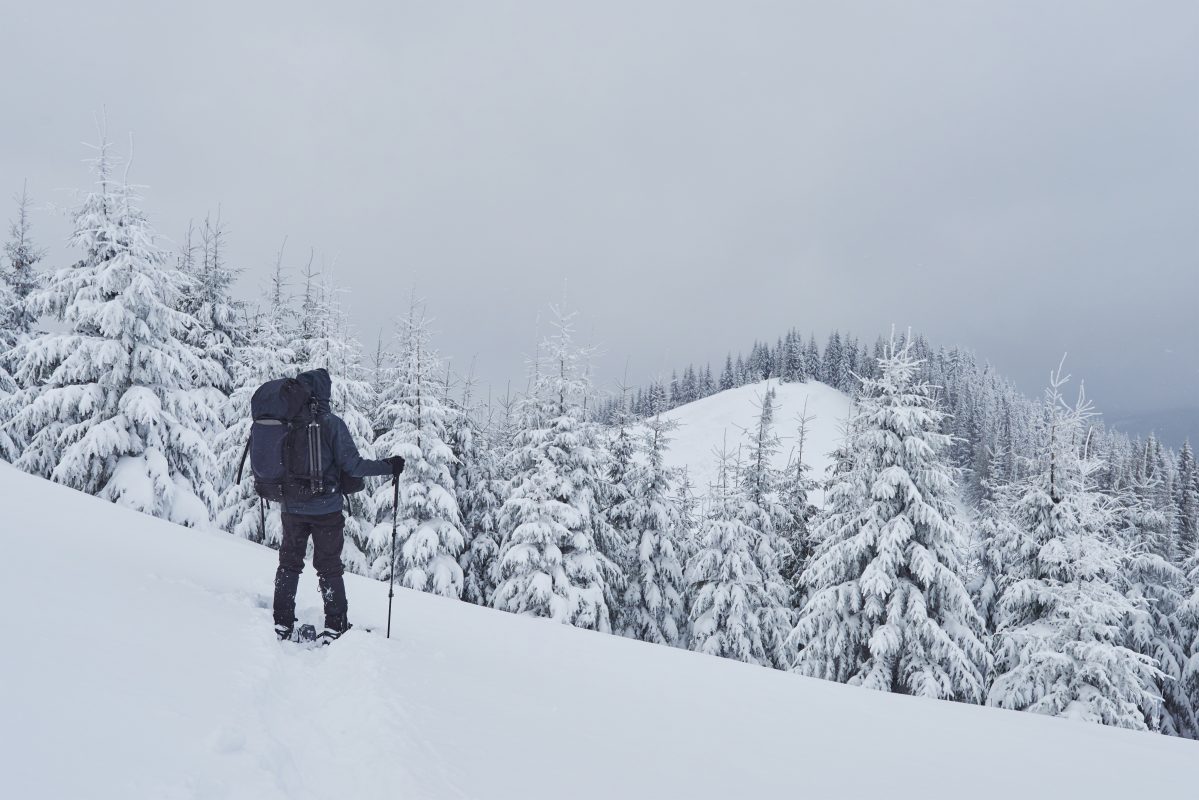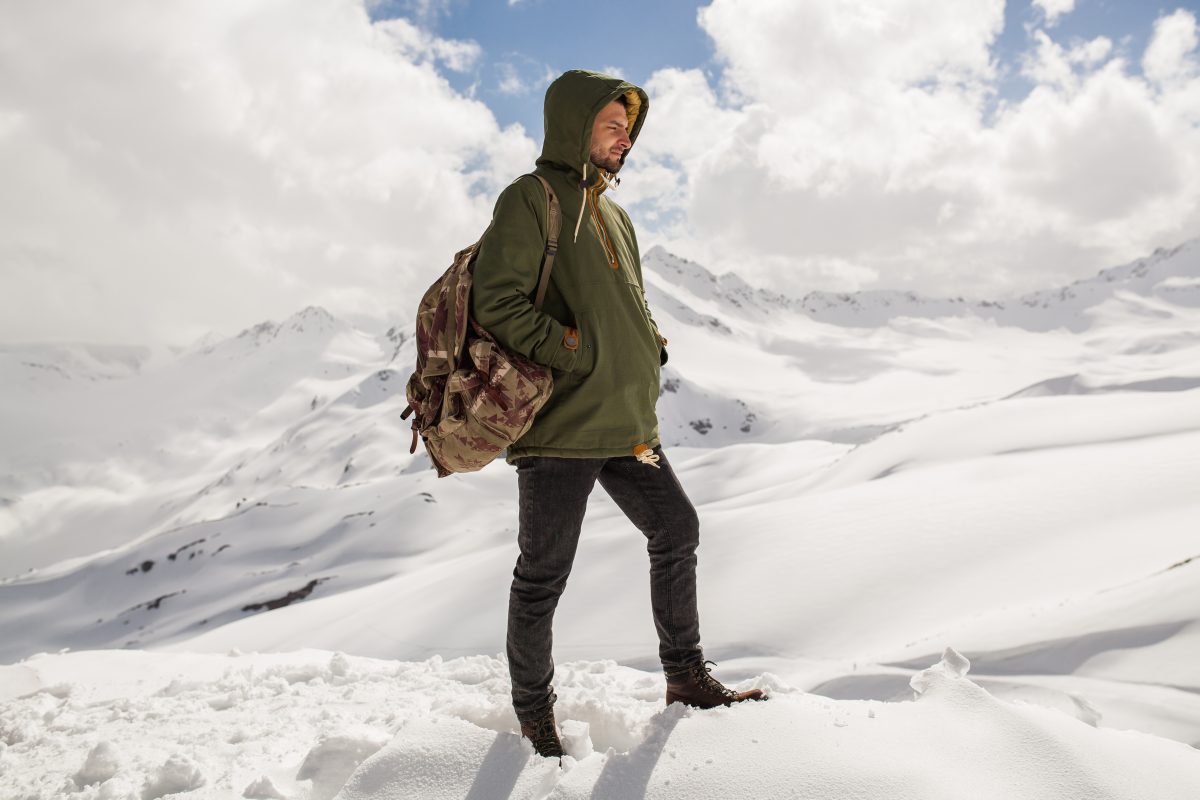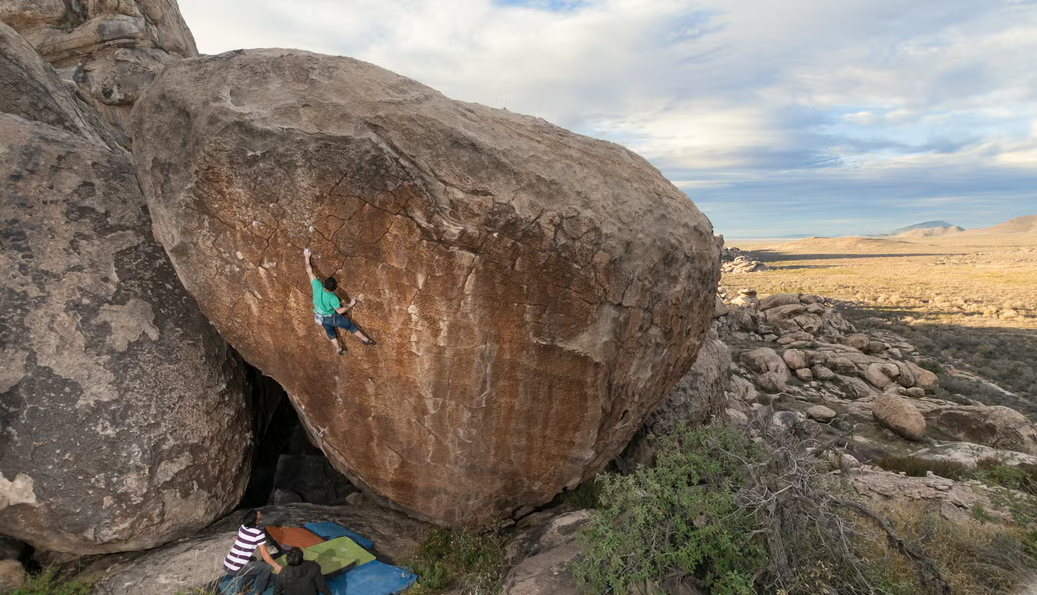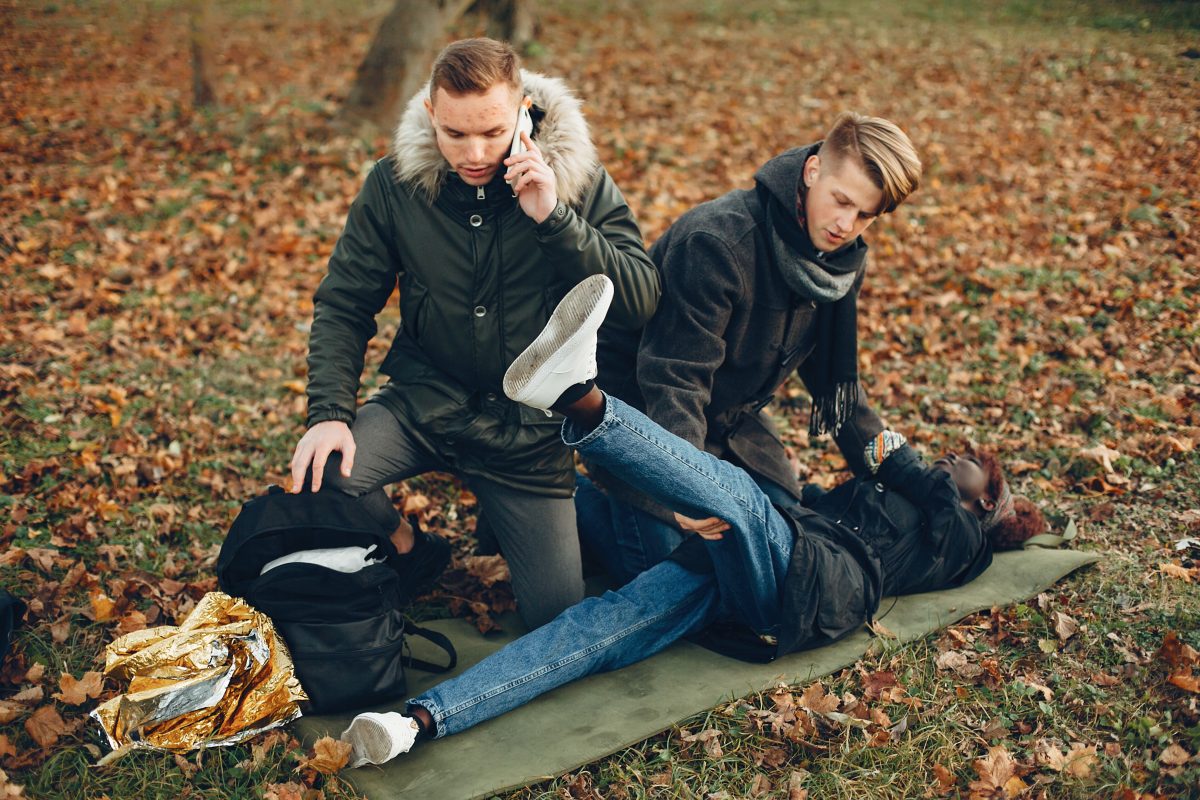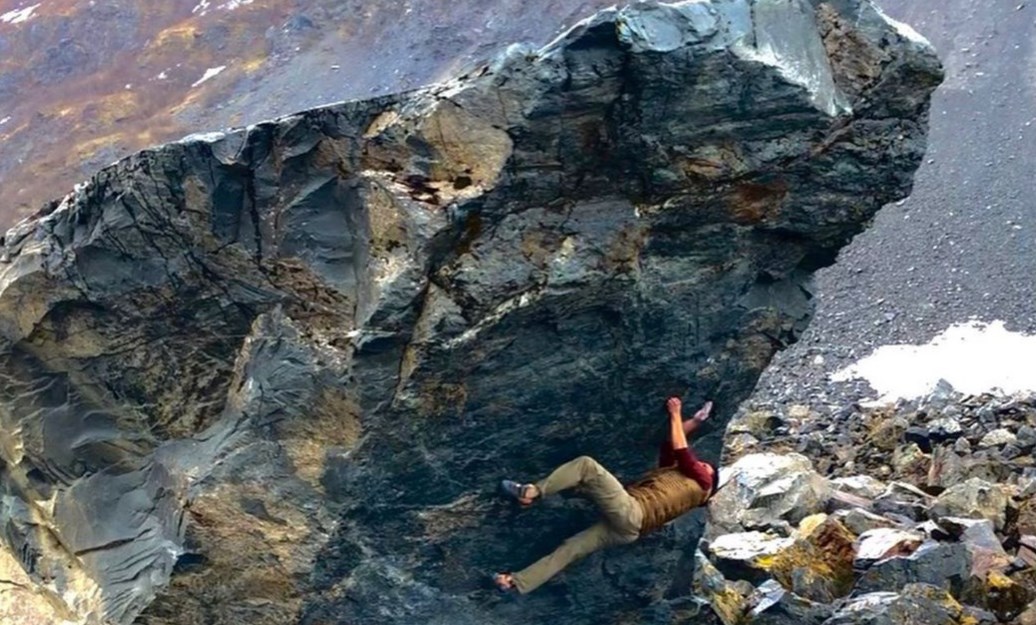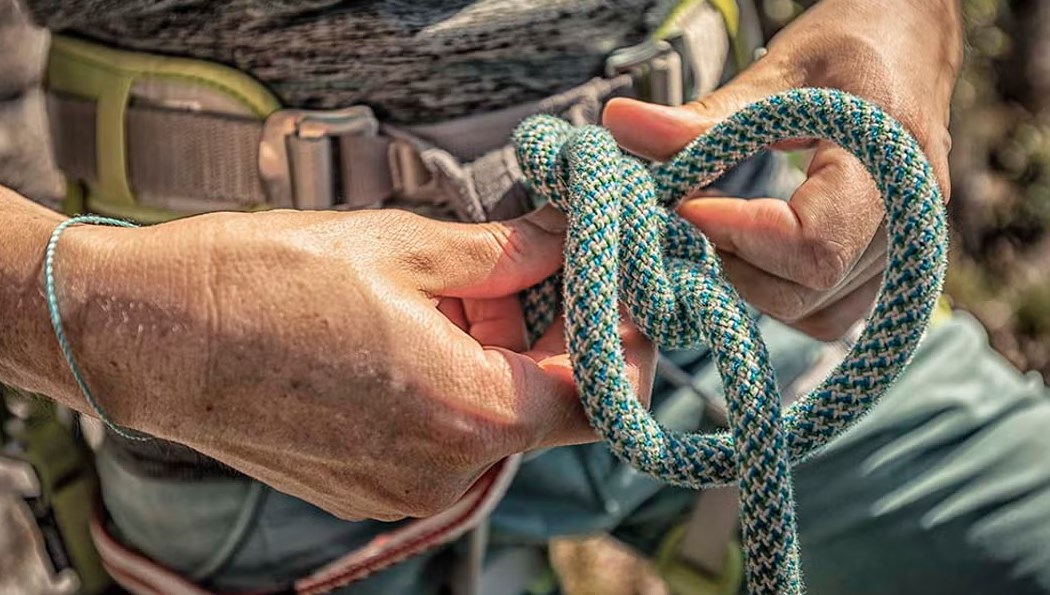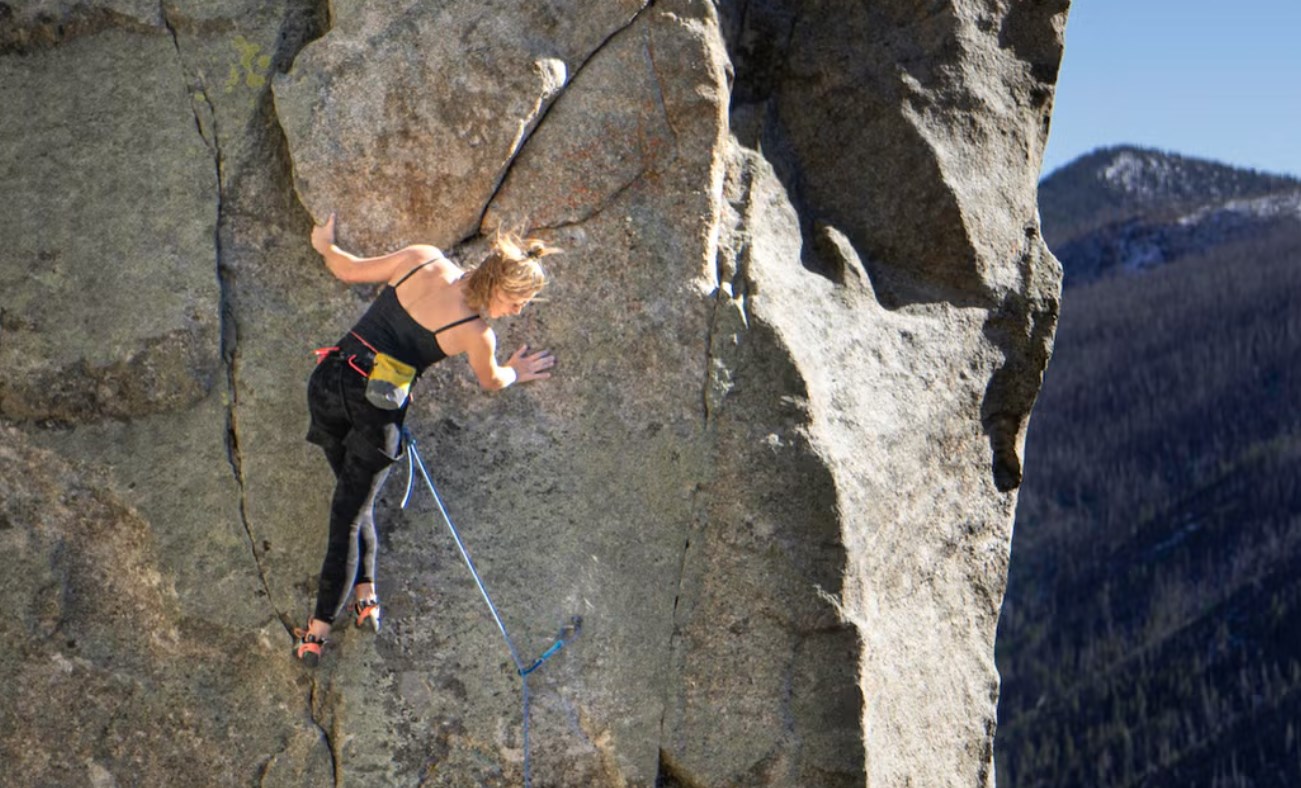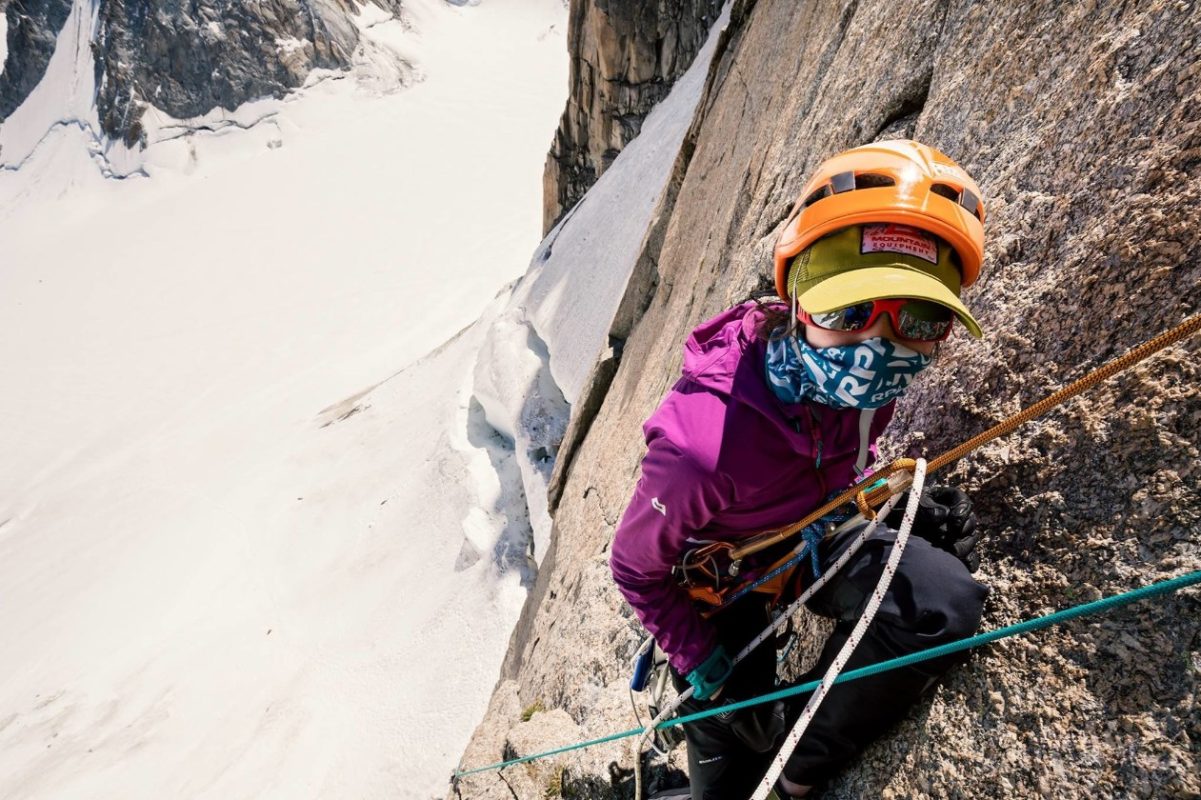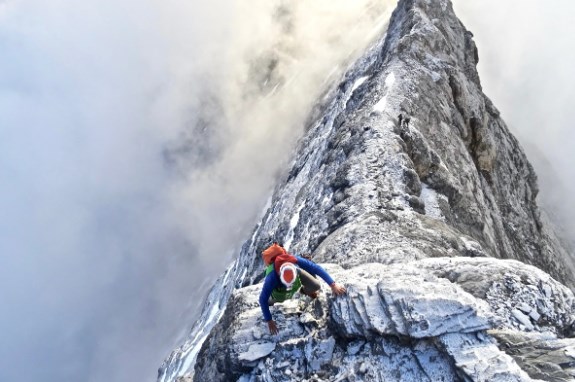10 Systematic Techniques for Outdoor Warmth in Winter
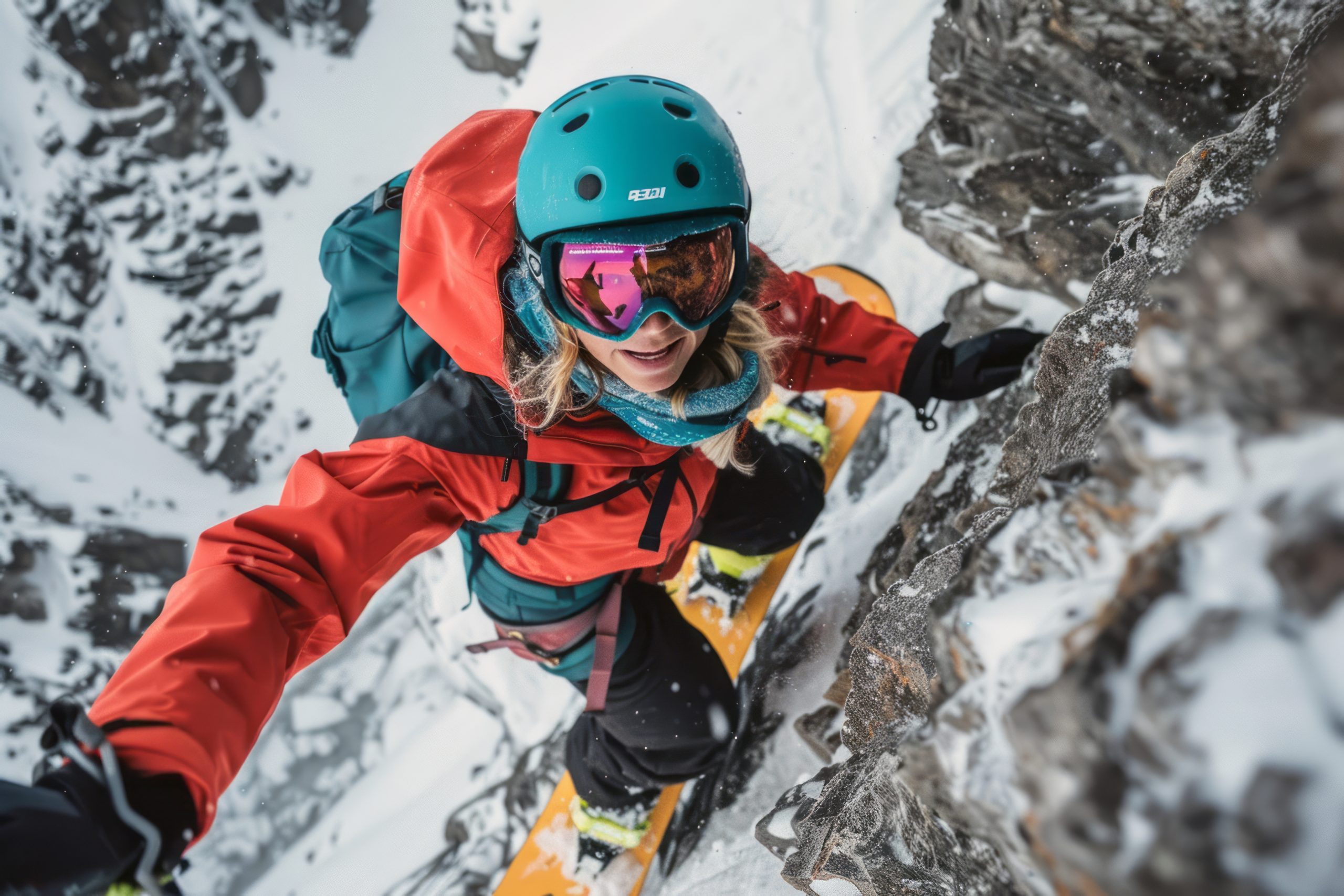
I. Dressing Strategy to Avoid Excessive Sweating
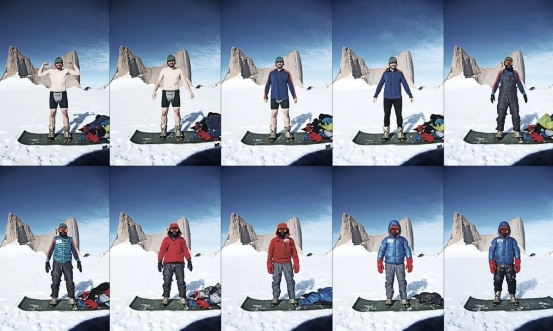
Experience from polar explorers and Arctic indigenous peoples shows that sweat is a primary threat in cold environments, as damp clothing accelerates heat loss. The effective solution is a layering system:
- Activity Layers (Shell, Base Layer, Light Mid-Layer): For dynamic scenarios like hiking or climbing.
- Static Layer (e.g., Fixed Down Parka): For stationary periods.
- Supplemental Layers (Synthetic Jackets, Wool Pants, etc.): Adjust based on activity level or serve as emergency backups (e.g., wearable sleeping bag).
Maintain dryness by adjusting zippers and adding/removing hats and gloves. Carry a spare base layer and change promptly before high-intensity tasks.
II. Importance of Moisture Management
Sweat evaporation is inevitable. Therefore, base layers must possess high moisture-wicking capability.
In harsh conditions, breathable materials (like Polartec grid fleece or lofty polyester) outperform membrane softshells: They retain more warmth when damp, dry faster, and actively transport moisture away.
While non-windproof layers are susceptible to wind chill, combining them with adjustable shells allows for more precise temperature control.
III. Base Layer Optimization: Mesh Structure Underwear
Mesh structure underwear (e.g., Brynje brand), woven from hydrophobic polyurethane fibers into an open net, creates an insulating air layer on the skin surface.
Validated by a century of polar exploration, this design significantly enhances warmth and moisture-wicking efficiency.
Pairing with a wool shirt is optimal (wool absorbs moisture, the mesh prevents dampness contacting skin), making it a crucial investment for cold environments.
IV. Reducing Shell Dependence for Flexibility
Shells (e.g., Gore-Tex, Polartec membranes) inevitably reduce breathability. In precipitation-free conditions, adopt strategies akin to mountain runners:
- Use non-membrane softshell pants for legs (suitable for most climbing scenarios).
- For the upper body, use an ultralight wind jacket (Pertex-type fabric) or simply wear the base/mid-layer.
- A wind vest maintains core temperature while allowing arm heat dissipation. This approach enhances environmental awareness, particularly crucial for technical climbing.
V. The Core Status of Foot Warmth
Cold feet easily trigger anxiety and reduced mobility.
High-performance mountaineering boots (e.g., La Sportiva Spantiks) are recommended, suitable for mixed terrain, long expeditions, and extreme cold.
The long-term value of reliable footwear far exceeds that of lightweight or inexpensive alternatives.
VI. Application of the Vapor Barrier System
In ultra-low temperatures or during prolonged missions, adding a vapor barrier layer (e.g., thin plastic shopping bag) between skin and socks significantly boosts warmth.
This design prevents sweat from saturating the inner sock, reduces inter-layer friction, and blocks moisture-induced heat absorption—especially critical during unexpectedly extended tasks (e.g., a 12-hour route extending to 24 hours).
VII. Facial Protection Combination Strategy
Multi-dimensional protection is essential in severe storms:
- Basic Setup: Buff neck gaiter (neck seal) + pull-up face mask.
- Extreme Conditions: Cold Avenger mask (full-face protection with clear breathing) or IceTrek GURU mask (ear attachment for easy on/off).
Key Goals: Block wind and prevent exhaled moisture from fogging goggles.
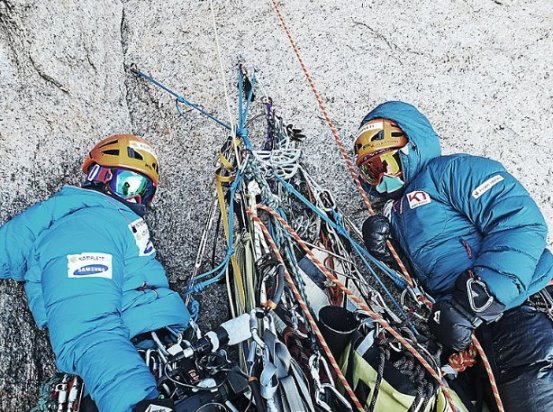
VIII. Sustainable Heat Source Selection
Disposable hand warmers suffer from limited duration. Refillable charcoal hand warmers (felt-covered metal box design) are recommended – providing consistent heat for ~6 hours, they are ideal for scenarios like belay stances.
Fuel-based hand warmers are also a viable backup option.
IX. Balancing Hand Warmth and Dexterity
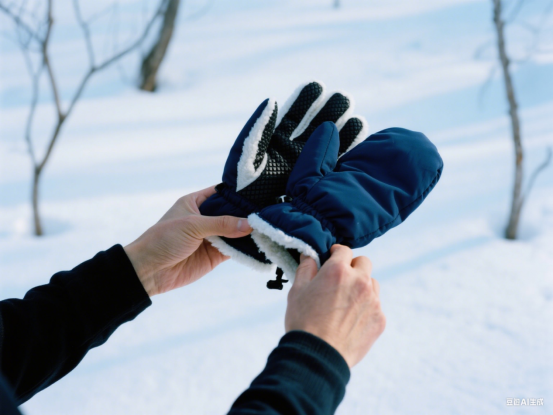
Maintaining hand dexterity and warmth requires following these principles:
- Glove System: Carry multiple thin gloves for rotation (e.g., Petzl Cordex Plus), stored close to the body for warmth; pair with an outer Powerstrech fleece glove (require waterproofing for wet conditions).
- Auxiliary Warmth: Use wrist gaiters (e.g., Marmot Stretch Wrist Gaiter) to boost arm temperature without impeding dexterity.
- Emergency Reserve: Always carry heavy gloves for stationary periods or frostbite risk.
Heavy-duty fleece gloves (e.g., Dachstein wool mittens) offer exceptional reliability in extreme cold; with proper break-in, they can still accommodate basic dexterity needs.
X. The Core Role of Cognitive Regulation
Equipment effectiveness depends on the user’s self-monitoring and decision-making capabilities:
Learn through experience to recognize critical thresholds in body temperature (e.g., reduce layers when the base layer feels slightly damp, not soaked).
Avoid over-reliance on technical gear (e.g., fabric technologies, GPS); maintain acute awareness of physiological signals. Historical evidence confirms that proactive temperature management remains paramount for survival.
